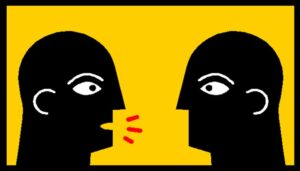 Not long ago, I was conducting qualitative research showing advertising storyboards. During the first few groups I listened passively while the participants explained their reactions. I didn’t know what to expect, so I wanted to be open to whatever was said. In contrast, for the last couple of groups, because by then I had a good idea of what responses were likely, I listened in a much more anticipatory manner. I had a number of probe and follow up questions at the ready, and kept them in mind as I was listening.
Not long ago, I was conducting qualitative research showing advertising storyboards. During the first few groups I listened passively while the participants explained their reactions. I didn’t know what to expect, so I wanted to be open to whatever was said. In contrast, for the last couple of groups, because by then I had a good idea of what responses were likely, I listened in a much more anticipatory manner. I had a number of probe and follow up questions at the ready, and kept them in mind as I was listening.